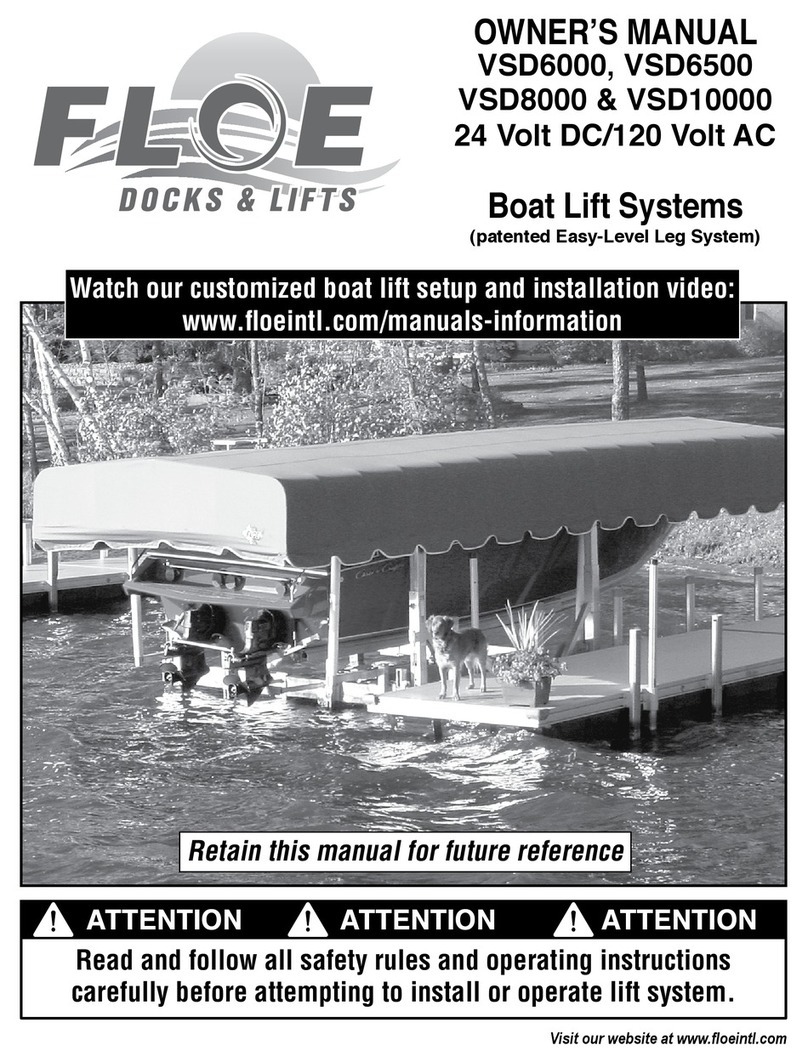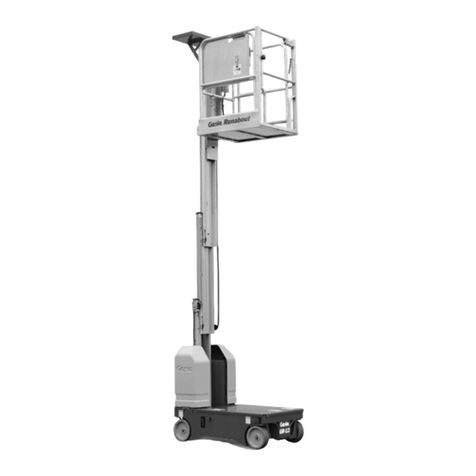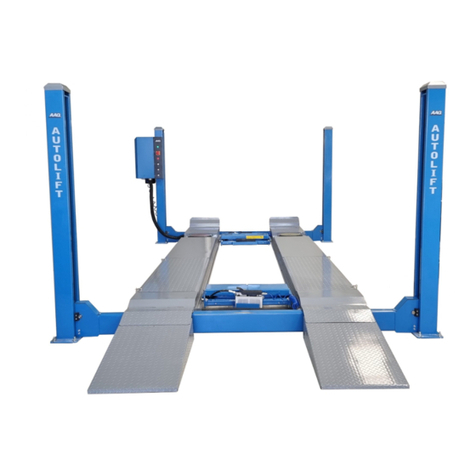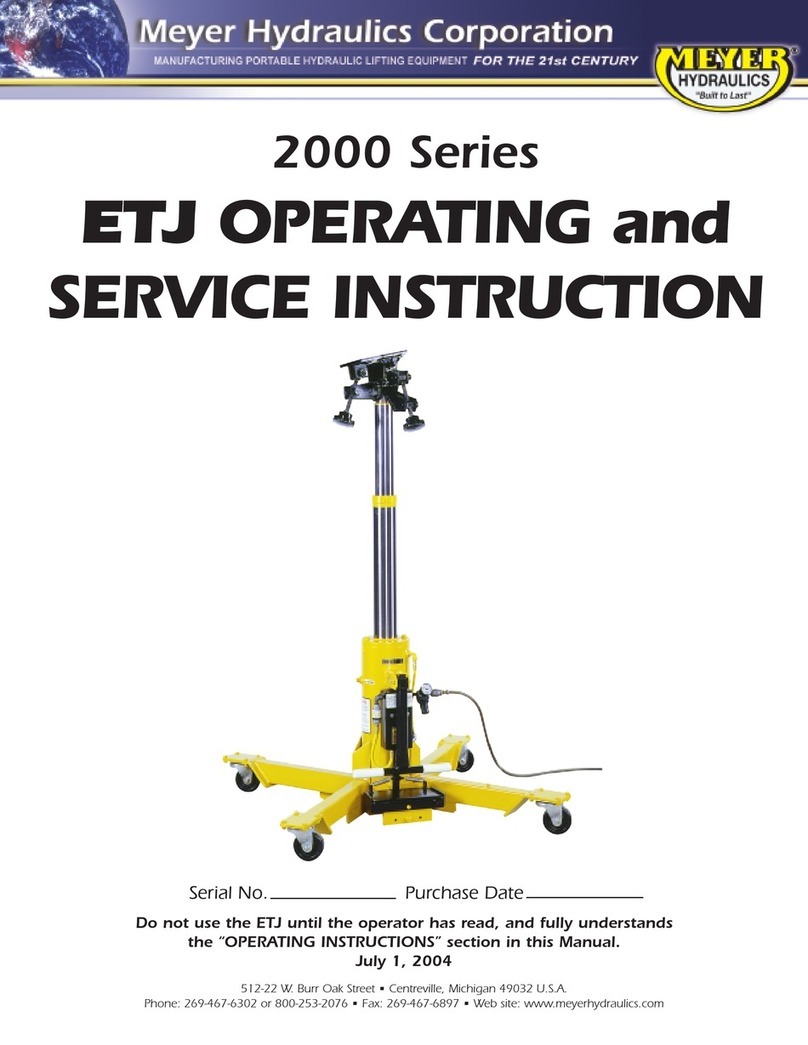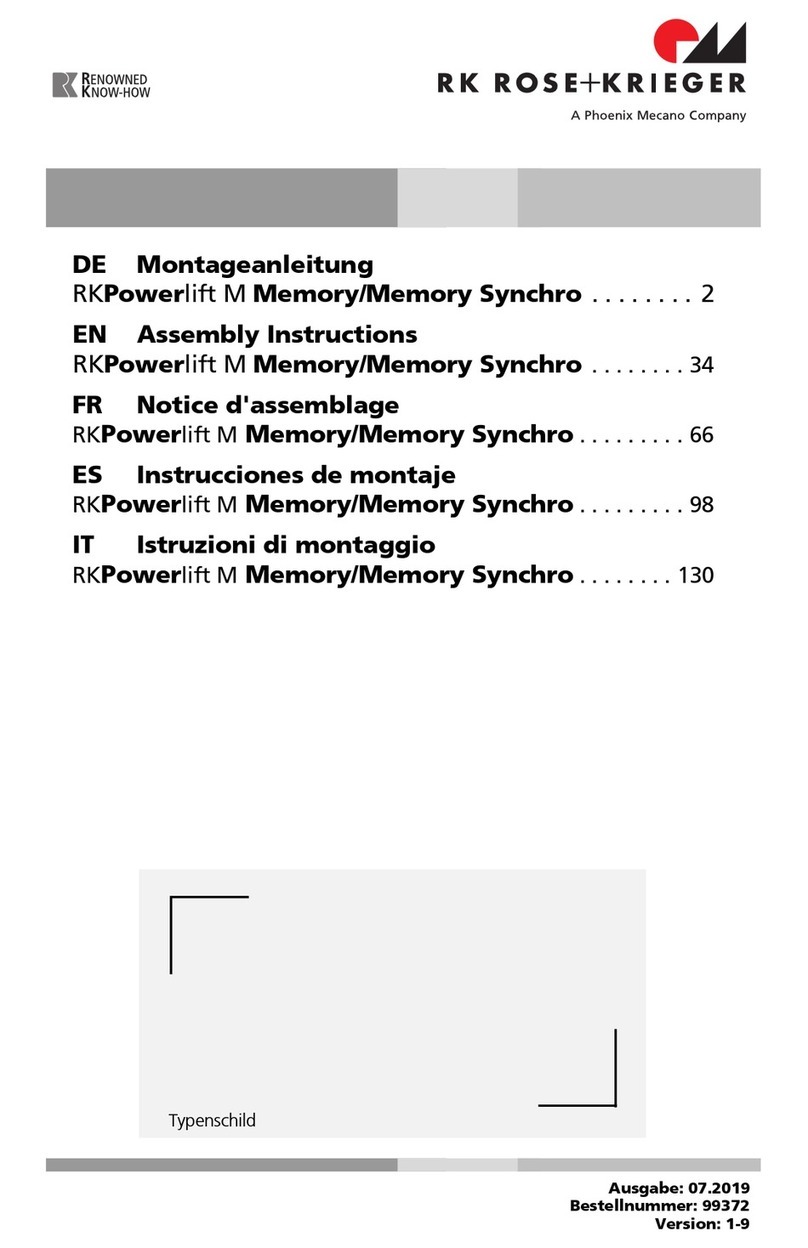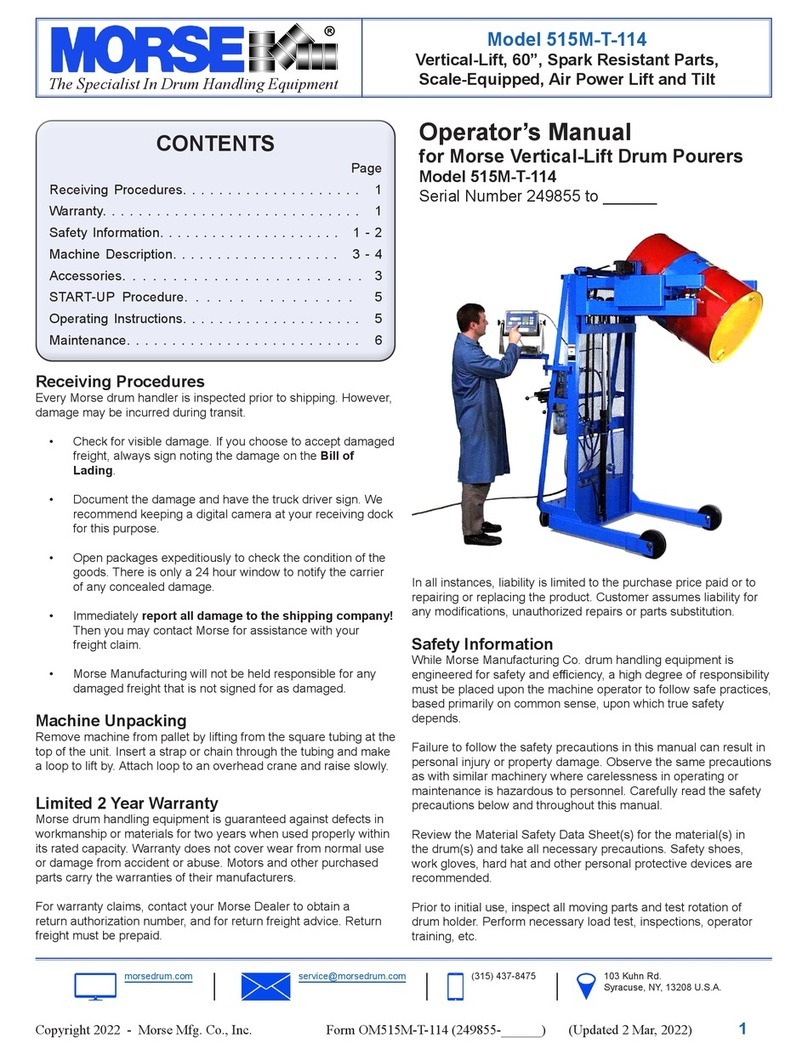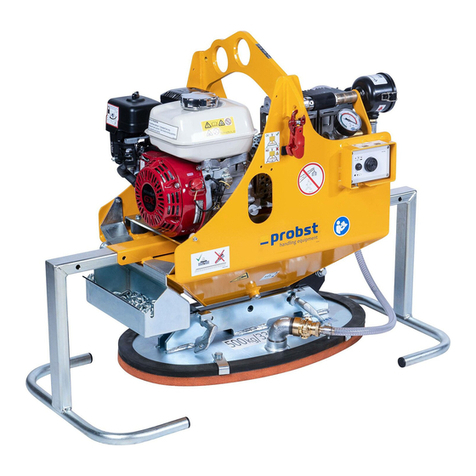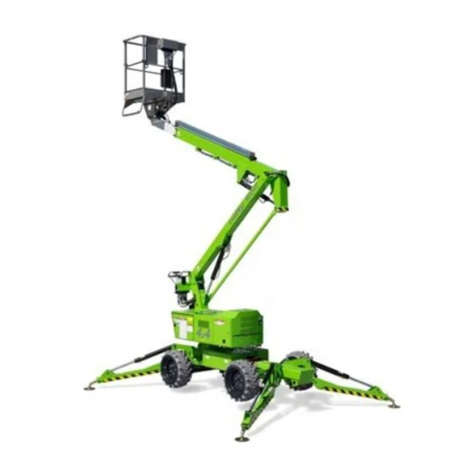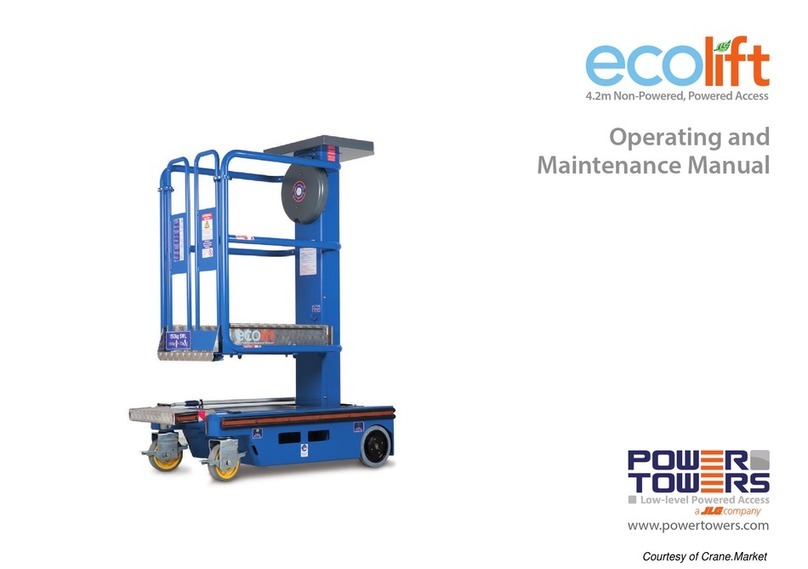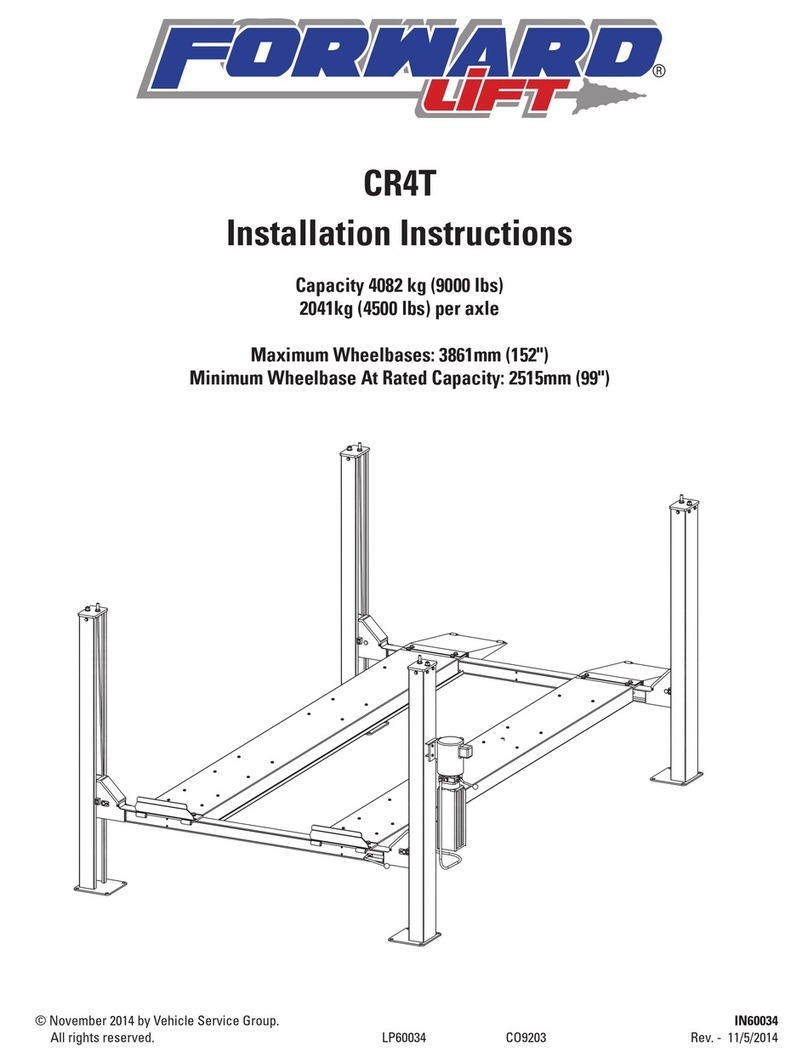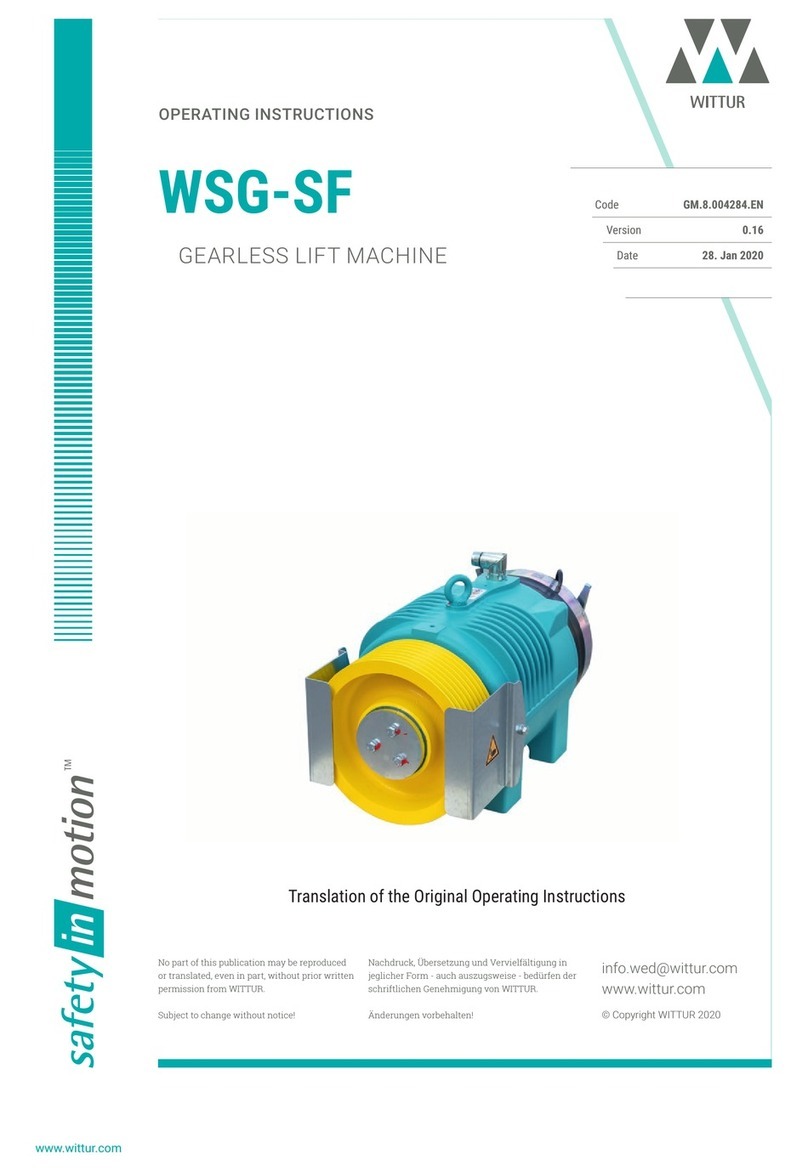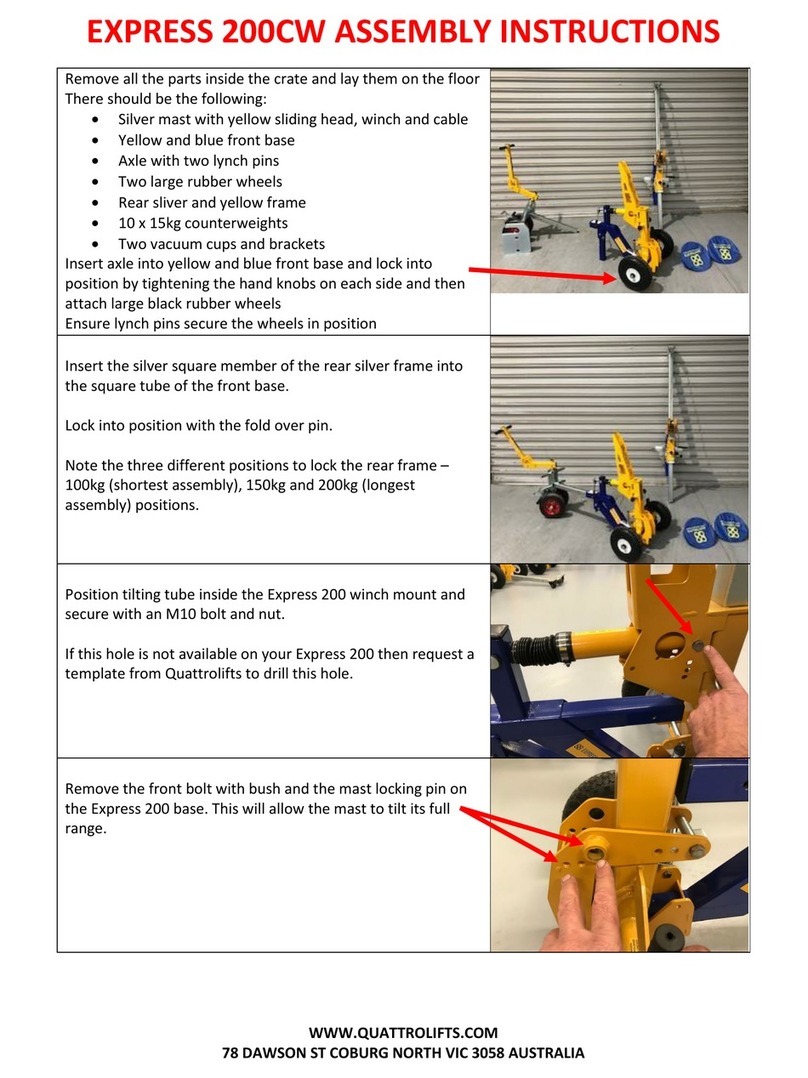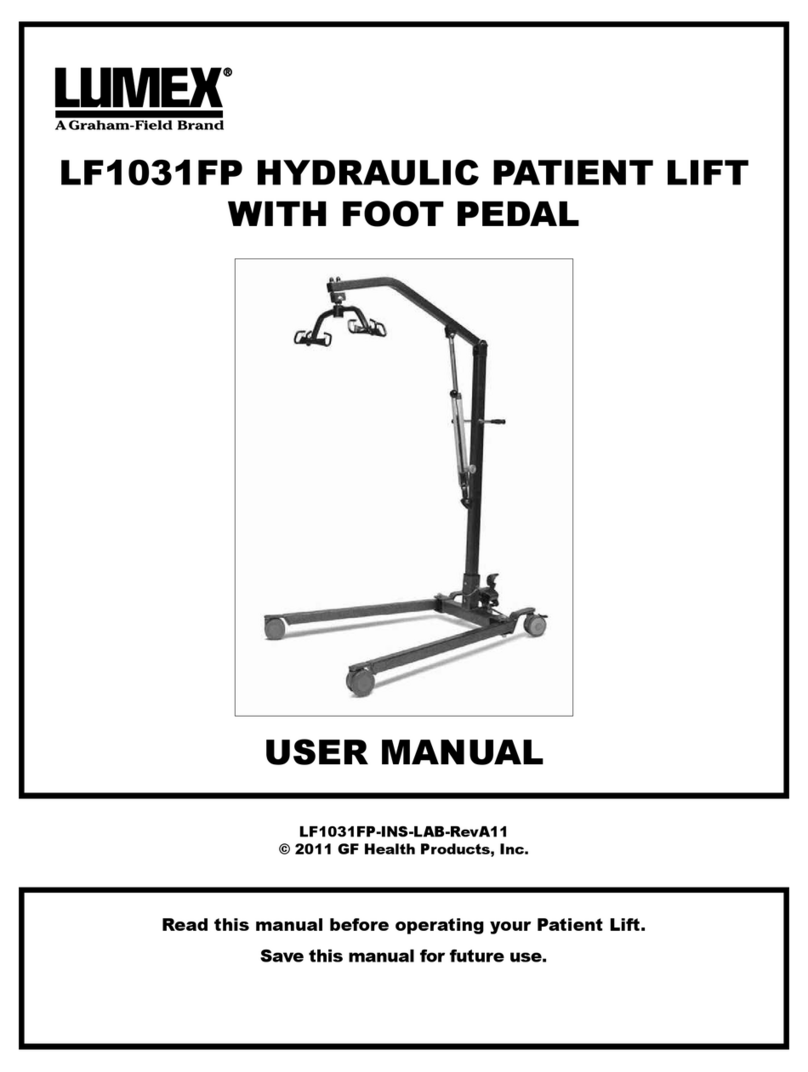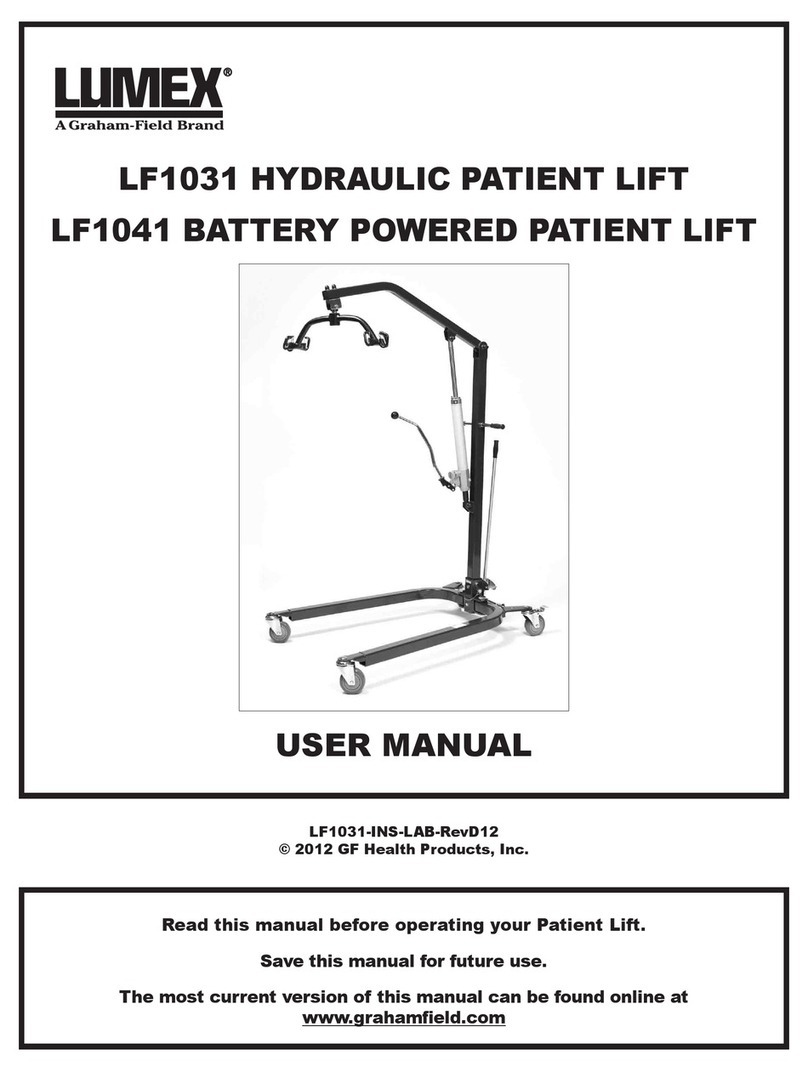
LF1030-INS-LAB-RevC12
3
Congratulations on your purchase of a Lumex patient lift. The following pages will provide you
with important safety and operating instructions on the use of patient lifts, slings, and accessories,
as well as maintenance and warranty information. Read this manual carefully before operating
your patient lift and refer to it as often as needed. Consult your Lumex dealer and/or healthcare
professional with any questions or concerns regarding safe and effective techniques for operating
your patient lift.
The Lumex Patient Lift is intended to aid in the transfer of an individual who is unable to
independently transfer between bed, chair, wheelchair, and/or commode.
DO NOT attempt any transfer without prior approval of the patient’s healthcare provider. With
their assistance, select the sling that best serves the needs, abilities, comfort and safety of the
person being lifted. It is important that you use correct slings adapted to the body shape and
weight and ability of the patient and the specic type of transfer needed.
Upon receipt of the patient lift, and prior to each use, inspect it closely to ensure that nothing is
damaged, there are no loose or broken parts, that all patient lift parts are in the proper place, etc.
Immediately replace any worn or broken components. Your patient lift should receive maintenance
on a regular schedule and should be inspected daily for proper operation. Contact your Lumex
dealer for service and repairs.
Before lifting anyone, thoroughly read the instructions in this manual. The operator should
practice the entire lifting procedure several times with proper supervision and with a capable
individual acting as patient. It is extremely important to know how a patient will feel in the patient
lift. We suggest that the operator try all the various lifting slings and equipment until the operator
is condent with how the patient lift operates. The lifting procedures should be explained to the
patient before the actual lifting. Remember that safety requires the constant attention of the lift
occupant and the operator. Use extreme care and common sense when operating a patient lift.
This guide covers the use of the LF1030 Hydraulic Patient Lift and the LF1040 Battery Powered
Patient Lift. Keep in mind that the basic safety procedures included in this manual are to be used
as a guide only. You may nd it necessary to develop your own unique methods for safely utilizing
the patient lift. Again, consult your healthcare professionals for their recommendations and never
hesitate to ask for their assistance.
Info: Before attempting to assemble the patient lift, refer to ASSEMBLY INSTRUCTIONS on
page 8. Contact your Lumex dealer if additional assistance is needed.
Info: In this manual, the person being lifted is referred to as the “patient” or “occupant”
and the person operating the patient lift is called the “operator” or “attendant”.
Please note the following special statements, used throughout this manual, and their signicance:
s
Info: Provides application recommendations or other useful information to ensure that you
get the most from your product.




















